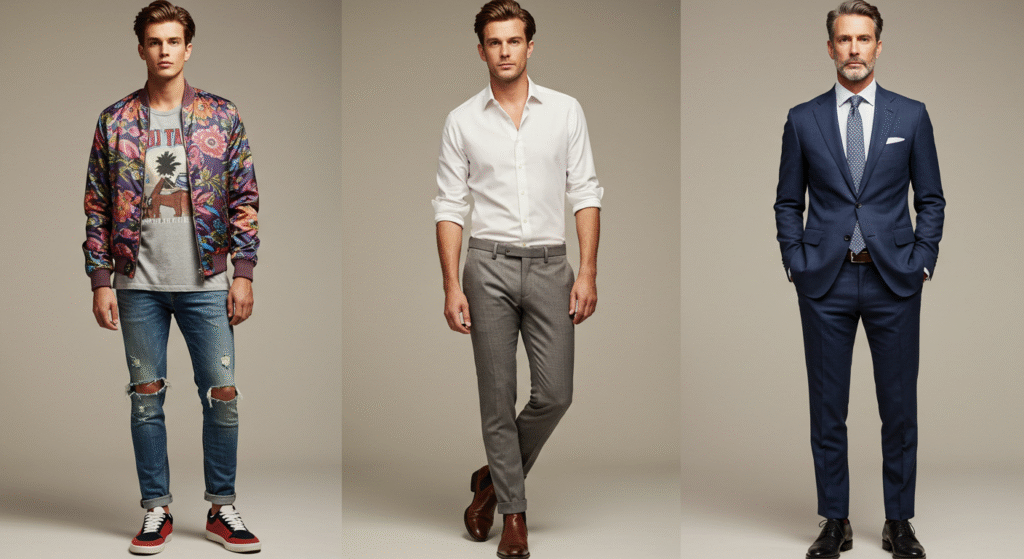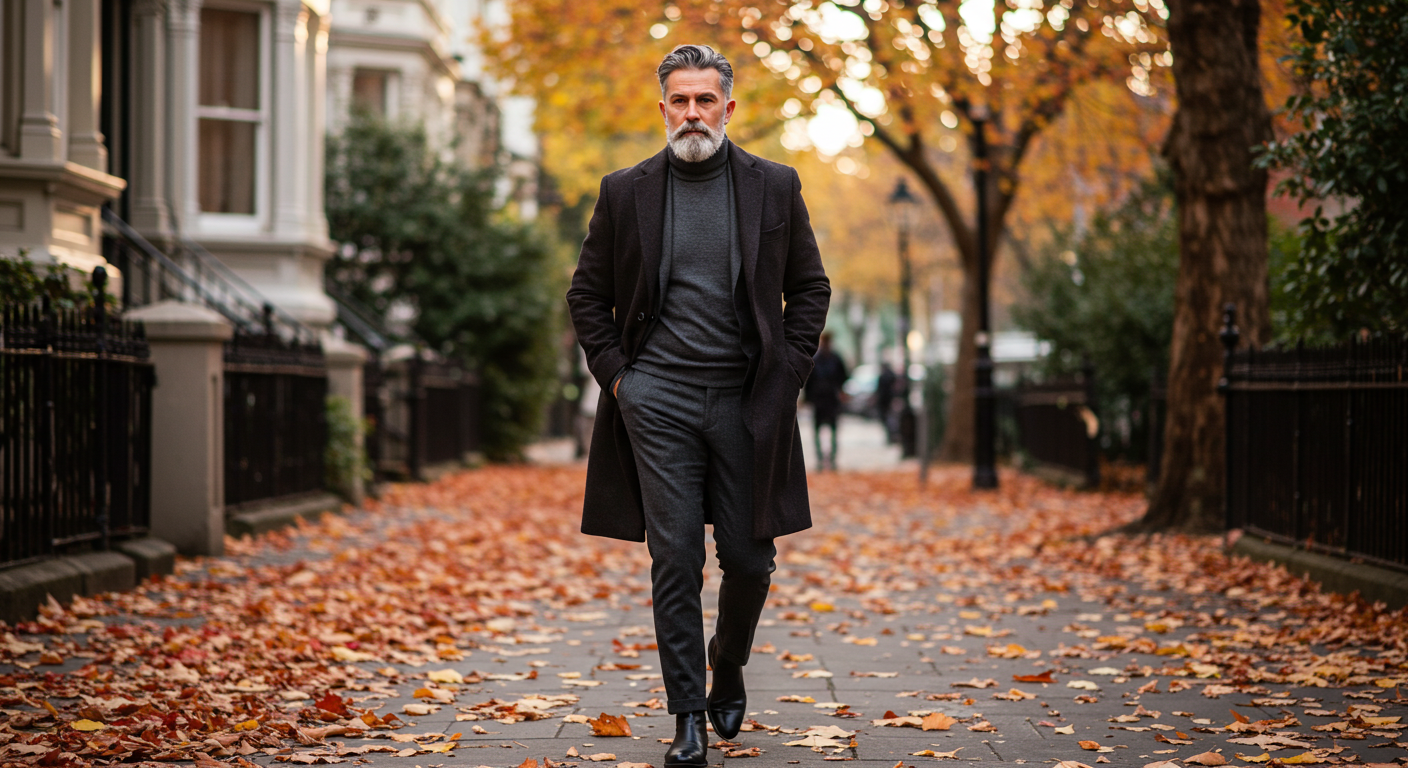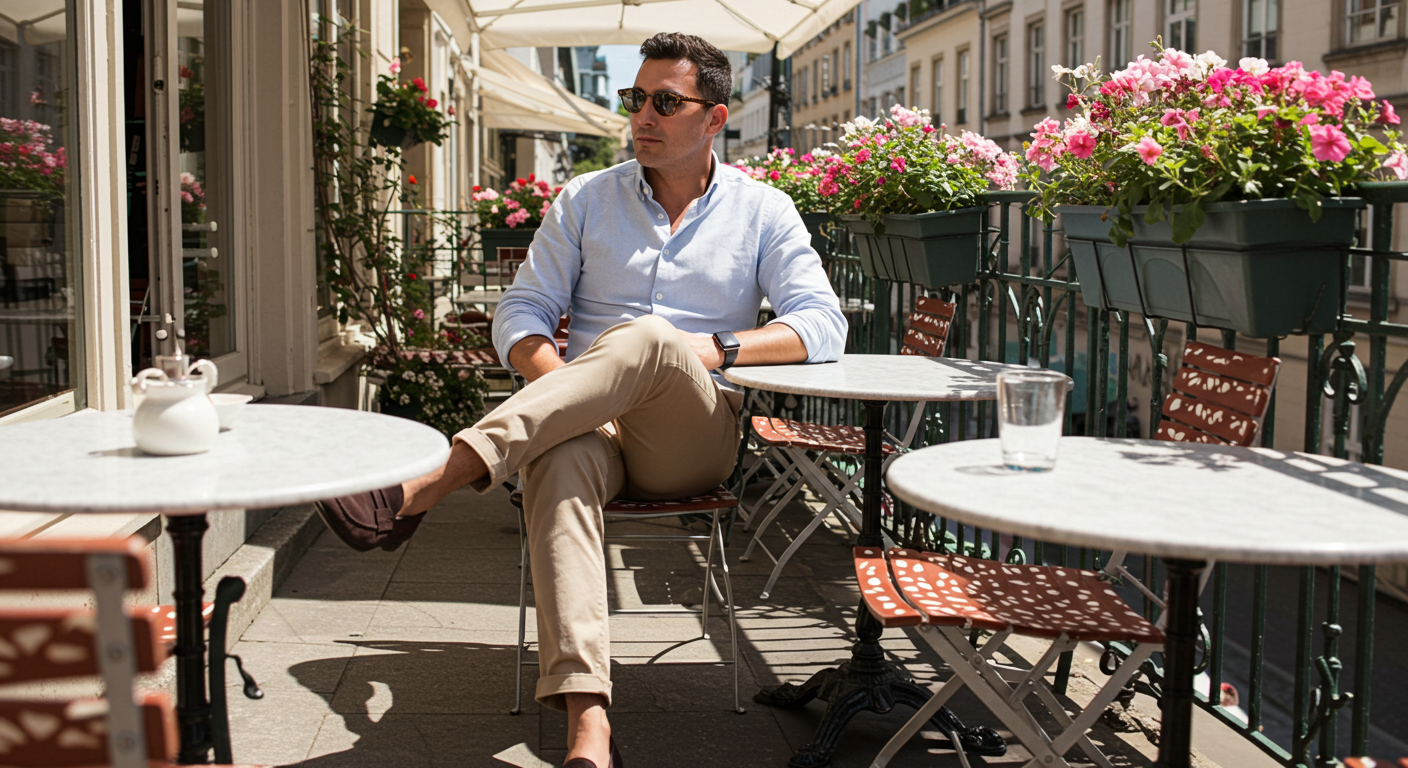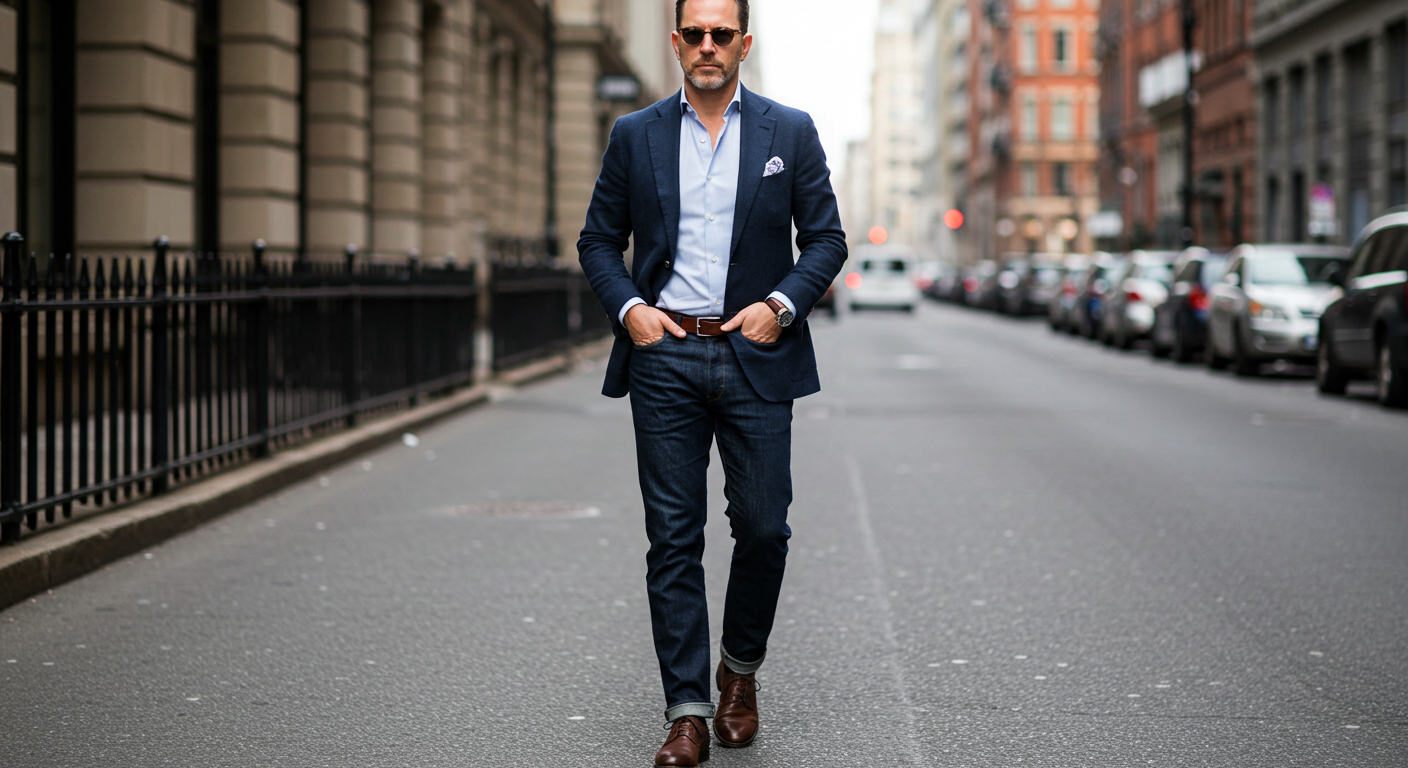Why Style Should Evolve With You
A man’s style journey is never static. What worked in his early twenties won’t always serve him in his thirties, forties, or beyond. Fashion evolves, but so should personal style. The goal isn’t to chase every fleeting trend—it’s to build a wardrobe that matures gracefully with you, adapting to new stages of life while retaining authenticity. A lifetime wardrobe is less about constant shopping and more about careful curation, investment, and refinement. When a man builds such a wardrobe, he gains not only practicality and confidence but also freedom: the freedom to dress well without overthinking, the freedom to project who he truly is, and the freedom to stand out without trying too hard.
The Foundation: Early Adulthood and the First Wardrobe
In the early years of adulthood, style often revolves around exploration and experimentation. Young men usually gravitate toward casual wear—jeans, T-shirts, sneakers—often with a streetwear influence. This is a crucial stage where men begin to understand fit, color, and personal expression. At this point, the priority should be establishing versatile basics: dark denim, clean sneakers, plain T-shirts, and a casual jacket like a bomber or denim jacket. Accessories such as a simple watch or a backpack can complete looks without overcomplication. Mistakes are natural in this stage, but the key lesson is learning that quality and fit make even the simplest items look better.
The Transitional Stage: Professional Growth and First Impressions
As men enter their mid- to late twenties and early thirties, personal and professional life demands more polish. Job interviews, business meetings, weddings, and formal events require a shift toward more refined pieces. This is when investment in a first proper suit becomes essential. A navy or grey suit, tailored to perfection, can serve in multiple scenarios. Alongside it, men should add leather shoes—black Oxfords for formality and brown derbies or loafers for versatility. Shirts in white and light blue, a leather belt, and a professional watch establish a base for business-casual dressing. At this stage, it’s also important to refine grooming routines, as presentation becomes a direct influence on opportunities.

Building a Timeless Core: The Mature Wardrobe
By the thirties and forties, a man should have a solid core wardrobe. This doesn’t mean owning dozens of pieces but rather curating high-quality staples. Suits in navy, charcoal, and perhaps a seasonal fabric like linen or tweed provide coverage for professional and formal needs. Casual essentials expand into chinos, tailored denim, polo shirts, knitwear, and blazers. Outerwear becomes a statement: a trench coat, a wool overcoat, or a leather jacket. Shoes diversify as well—brogues, loafers, Chelsea boots, and white minimalist sneakers for casual looks. At this stage, style becomes less about experimenting wildly and more about subtle refinements that balance comfort, practicality, and elegance.
The Psychology of Consistency
Consistency is what separates men with lasting style from those who look lost in fashion. A wardrobe that lasts a lifetime isn’t about owning everything—it’s about curating a personal uniform that works across contexts. This uniform is not boring; it’s recognizable. Think of Steve Jobs with his turtleneck and jeans, or Cary Grant with his timeless tailoring. Consistency projects confidence, stability, and identity. By knowing which silhouettes, colors, and fabrics suit him best, a man eliminates indecision and builds trust in his own image.
Adapting Without Losing Identity
While consistency matters, rigidity is dangerous. A man must evolve his wardrobe to reflect changing stages of life, body shape, and lifestyle. The key is to adapt while staying true to personal identity. For example, someone who leaned heavily into streetwear in his twenties may keep elements of that—like sneakers or bomber jackets—in his forties, but pair them with tailored trousers or a refined coat. Similarly, a professional who wore suits daily may shift to smart casual as workplaces evolve but still carry forward the elegance of tailoring. The wardrobe adapts, but the DNA remains intact.
The Role of Color and Fabric Over Time
Neutral colors like navy, grey, black, white, and beige remain timeless across decades. However, accent colors can evolve with age. A younger man may experiment with bold hues, while a mature man may prefer deeper, muted tones like burgundy, olive, or camel. Fabrics also become more important with age. Investing in wool, cashmere, and high-quality cotton ensures durability and sophistication. Seasonal fabrics like linen for summer and tweed for winter create texture and variation without chasing trends.

Investment Pieces That Last a Lifetime
Certain items, when chosen well, can last decades with proper care. A navy wool blazer, a leather jacket, a quality trench coat, or a pair of Goodyear-welted shoes can all be lifetime companions. Watches are another example: a classic timepiece not only complements outfits but becomes an heirloom. These investments may seem costly upfront, but their longevity pays dividends in both practicality and style.
Grooming and Lifestyle as Part of Style Evolution
Style evolution isn’t limited to clothes. Grooming, health, and lifestyle choices influence how clothing looks and feels. A tailored suit looks its best when the man wearing it maintains good posture and physical well-being. Grooming habits, from haircuts to skincare, also evolve with age and become part of the timeless presentation. Lifestyle shifts—such as travel, career changes, or family life—also influence wardrobe needs. The man who adapts seamlessly in these areas reflects true mastery of style.
Icons of Style Evolution
History offers countless examples of men whose style evolved gracefully. David Beckham transformed from footballer streetwear looks to polished suiting while maintaining his experimental edge. George Clooney consistently adapted his wardrobe while embodying timeless Hollywood sophistication. Steve McQueen blended casual and rugged styles into timeless masculinity. These icons prove that a lifetime wardrobe is about evolution, not reinvention.
Conclusion: The Wardrobe as a Life Companion
A wardrobe that lasts a lifetime isn’t built overnight. It’s crafted piece by piece, refined year after year, and adapted stage by stage. It balances streetwear freedom with suiting elegance, casual ease with formal refinement. The psychology of style teaches us that consistency, confidence, and adaptability create authenticity. By investing in quality, mastering fit, and evolving with grace, a man creates more than just a wardrobe—he creates a legacy of style. Clothes become more than garments; they become a reflection of his journey, his character, and his identity. That is the true essence of style evolution.






